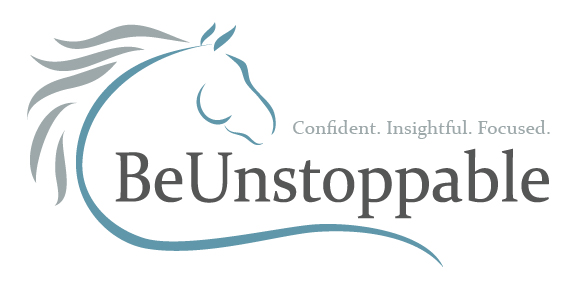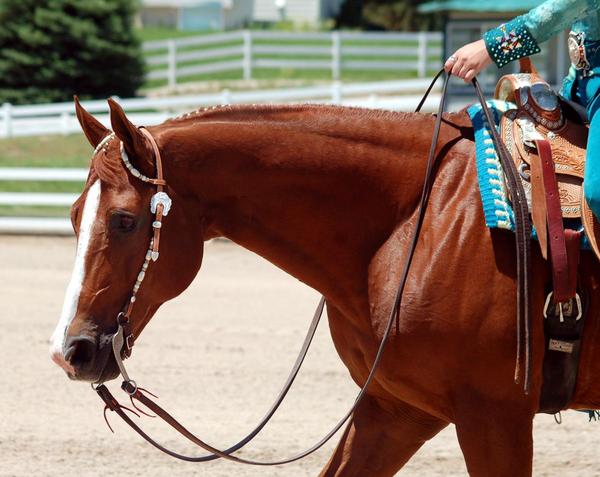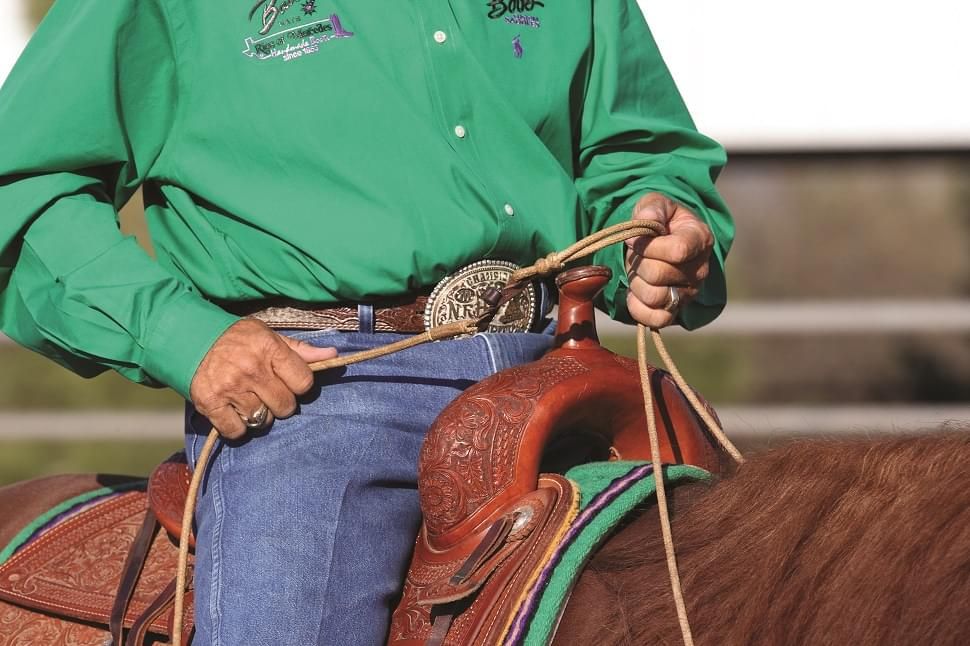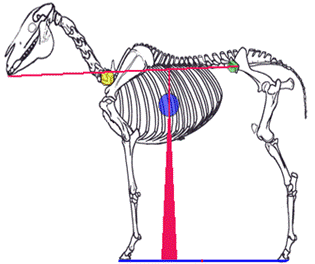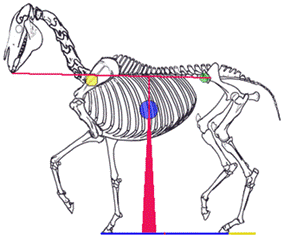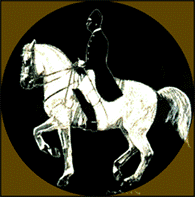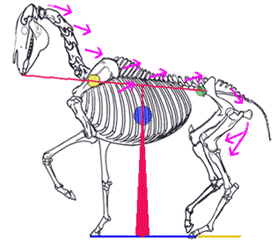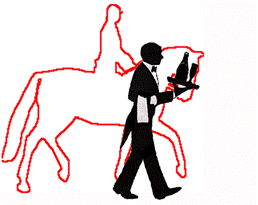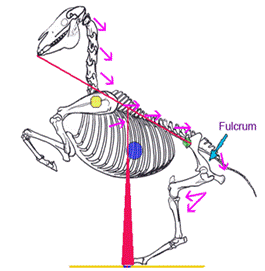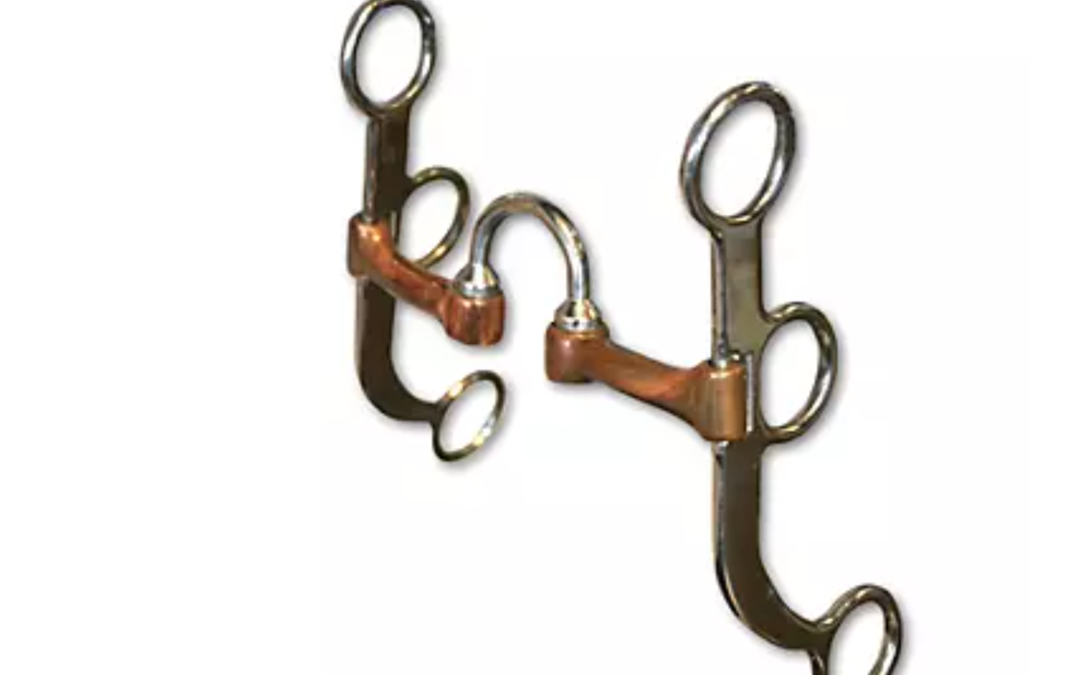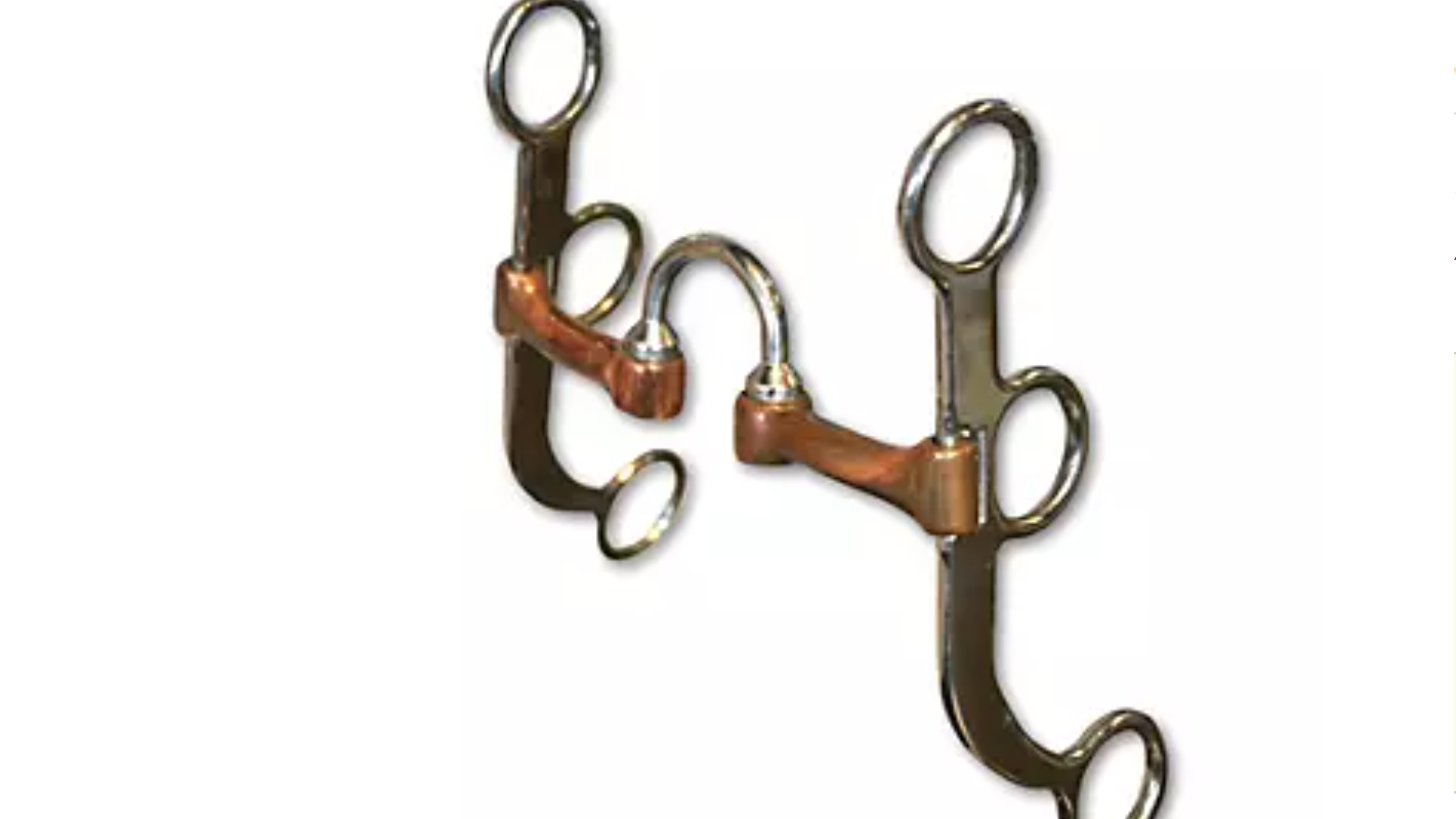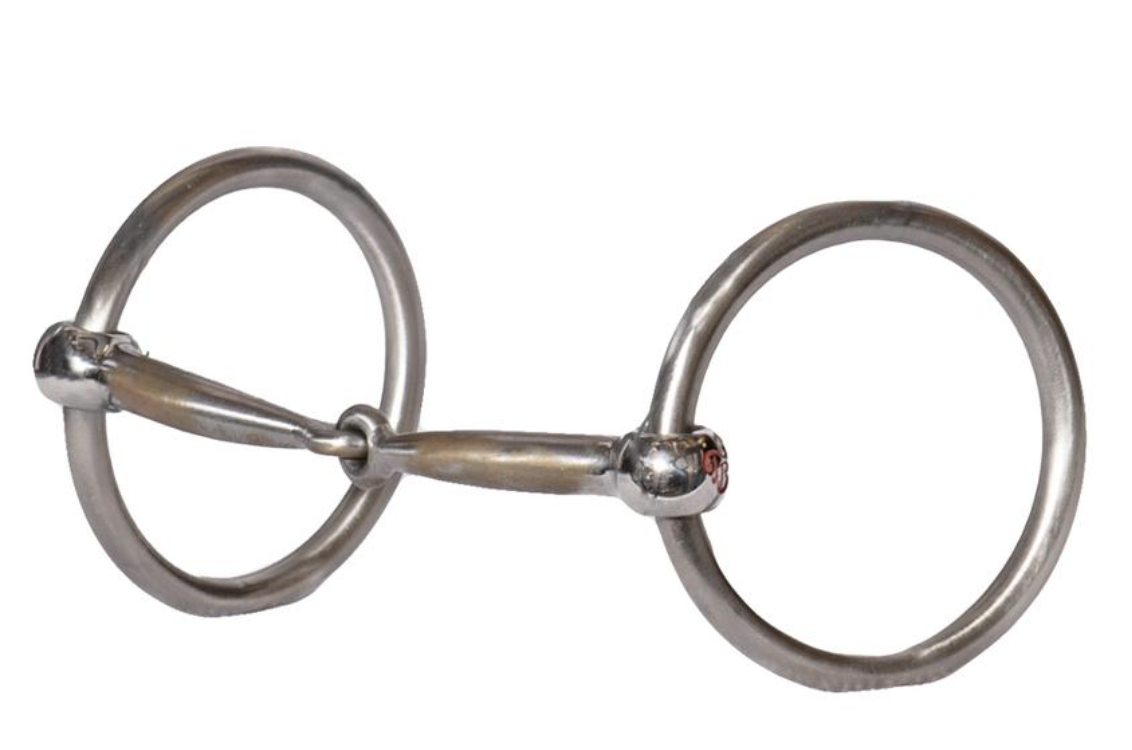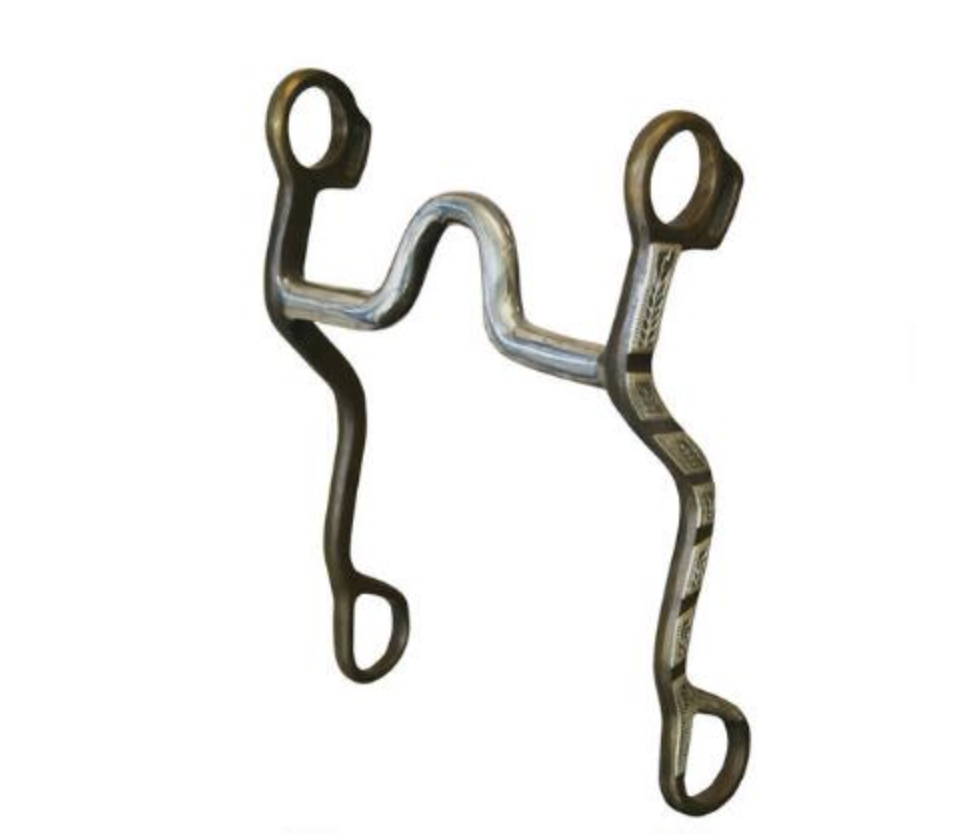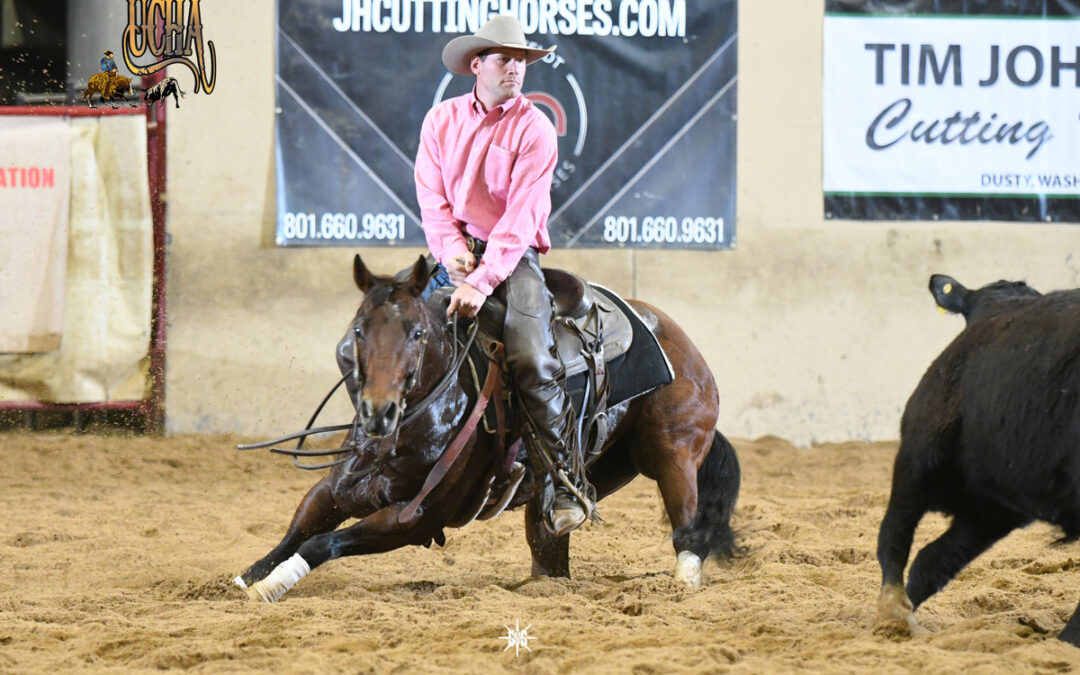
NCHA Rein Adjusting Rules
The NCHA is a little more forgiving than the other associations regarding adjusting your reins while showing, but also a bit more complex. Here goes:
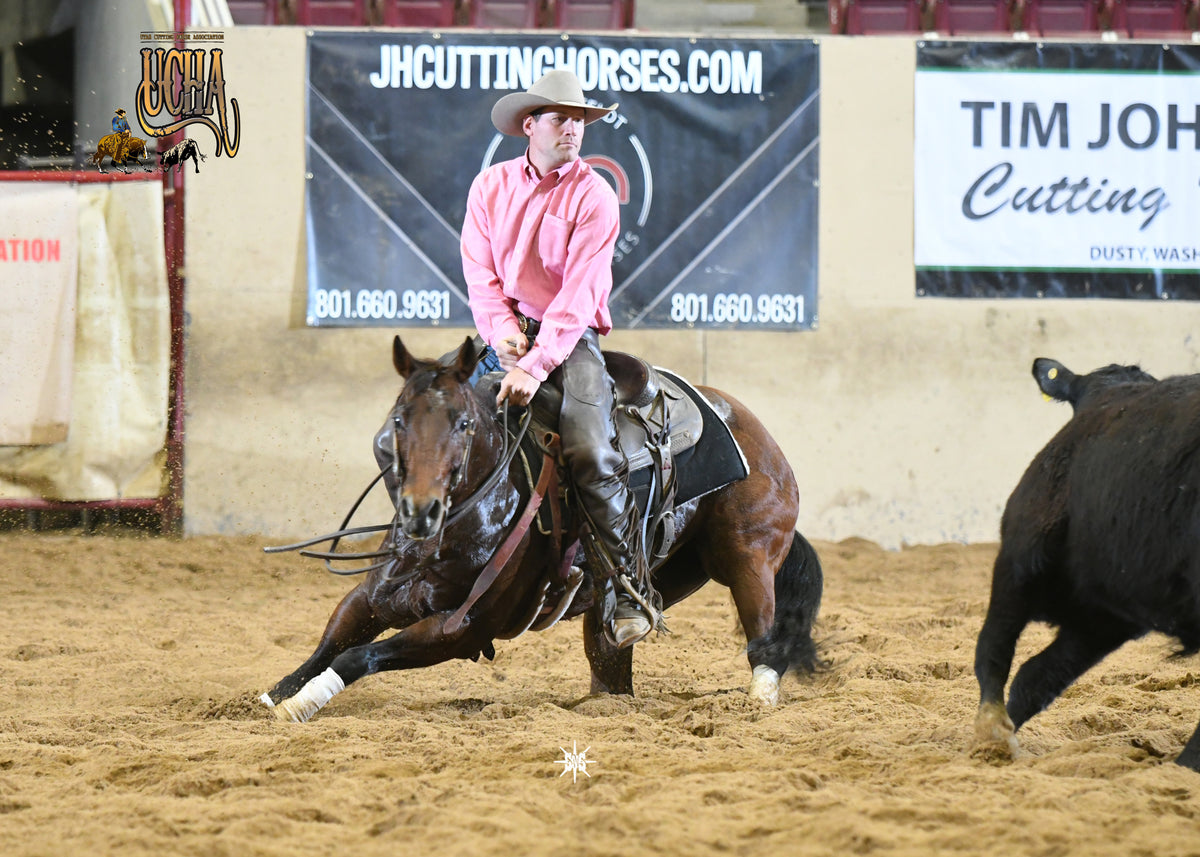
3 point penalties are assessed if:
If the rider uses 2 hands to turn his horse around with the cow.
If 2 hands are used on the bridle reins to stop the horse then the rider allows the horse to turn on its own.
If 2 hands are used on the bridle reins while stopping the horse for a legal quit.
After quitting a cow legally, the rider uses 2 hands on the reins to turn his horse around or does so while in the herd.
If the cutter drops a bridle rein and uses his free hand to retrieve it while cutting the cow or working the cow it’s also a 3 pt penalty.
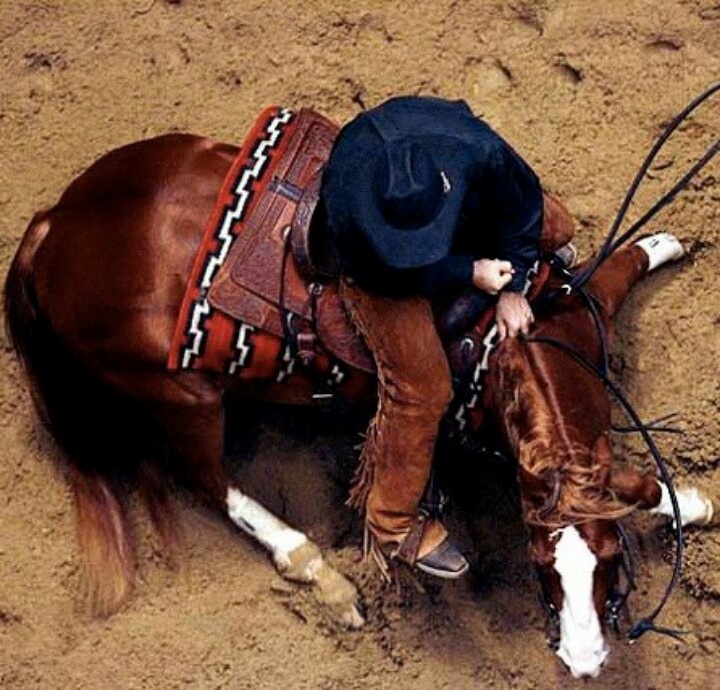
No penalty:
However, if the rider uses his free hand to retrieve the rein after legally quitting the cow and stopped their horse, there is no penalty.
The rider can untangle the reins with no penalty if it’s done after a legal quit and before entering the body of the herd, or while riding through the herd, the rider can place a second hand on the reins, behind the rein hand, to straighten them.
If after the rider turns to make a cut and stops in the body of the herd, a second hand can also be used to straighten the reins with no penalty.
Cheating the reins (ie making one shorter while only having the index finger between them) while cutting a cow is common practice and legal.
Be sure to practice adjusting your reins correctly at home until you get very dexterous with them!
